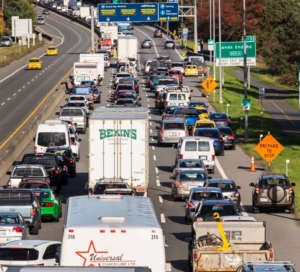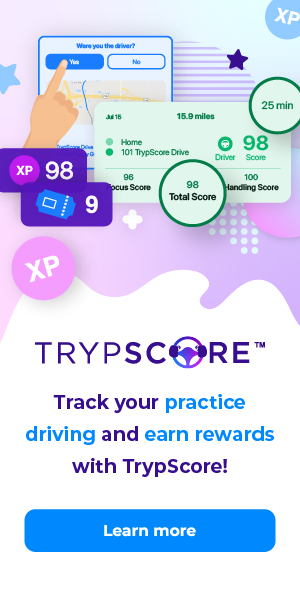Steve Wallace: How the safest drivers on the road fit in

Traffic heads north on the Pat Bay Highway. Car drivers should follow the example of truckers, who try to minimize lane changes and drive in convoys when possible, Steve Wallace writes.
A private detective friend of mine from Vancouver was due to meet me in Victoria. He told me to go to a well-known local restaurant, and he would meet me in the parking lot before we had lunch.
I was on time, but he had arrived earlier, by design, not happenstance. It was a large parking lot. He was standing at the entrance of the restaurant and greeted me with a customary handshake. He told me he had just bought a new car, so I asked him to show me his new ride. He responded by asking me to pick it out in the parking lot.
This seemed odd, but you have to know Larry to appreciate the circumstance. Try as I might to identify his new car, and after several guesses, I was stumped. He proudly walked up to a grey, late-model American sedan. It was not hidden, but was in plain view. He was so pleased by my inability to identify his vehicle, he bought lunch. It is a significant advantage in his profession to fit in and not be readily identified.
The safest driver on the road fits in. Driving at the same speed as others in one’s travelled lane of a multiple-lane roadway reduces the number of driving movements, such as lane changes. Truckers in convoys do it. It allows them not only to ride with strength in numbers, but also gives them the ability to travel further without a rest period, since the lead driver will be doing most of the work behind the wheel. A regular lead change, when travelling long distances, is a good idea. It is much less stressful than always leading the pack.
There are also ways a driver can get noticed. It is still a good idea to have both headlights and taillights on during the day. Lights on will reduce the threat of a rear-end collision and
cause pedestrians to react sooner to approaching vehicles, which will seem closer when illuminated.
Police cars are easy to identify. They have rather loud and consistent markings. People needing help can pick them out with little difficulty.
The police also drive ghost cars. They are usually a dark colour and relatively inconspicuous. Now you see me, now you don’t: This sums up their dual role on our roads.
Over the past number of years, I have had the opportunity and privilege to work with several large corporations, government ministries and non-profit organizations. In my last experience, I learned about the effect of newer technology monitoring corporate drivers. The head office of an energy-servicing company monitors all its vehicle drivers in real time. Since the program was instituted, there has been a marked reduction in at-fault vehicle crashes. My assessments of such drivers have yielded stellar results. Past assessments were good, but not as outstanding as the most recent experience.
One might think these company drivers would drive differently when driving their personal vehicles on their own time. To a person, they readily admitted to driving their private vehicles in the same manner as their work vehicles. Who knew? Driving consistency appears to be contagious.
It is good for the average driver to see both ways and be seen when entering an intersection.
It is also a good idea to not be seen, but rather be protected by driving through an intersection with a large vehicle blocking side-impact threats.
Steve Wallace is the owner of Joan Wallace Driving School on Vancouver Island. He is a former vice-president of the Driving Schools Association of the Americas, a registered B.C. teacher and a University of Manitoba graduate.


